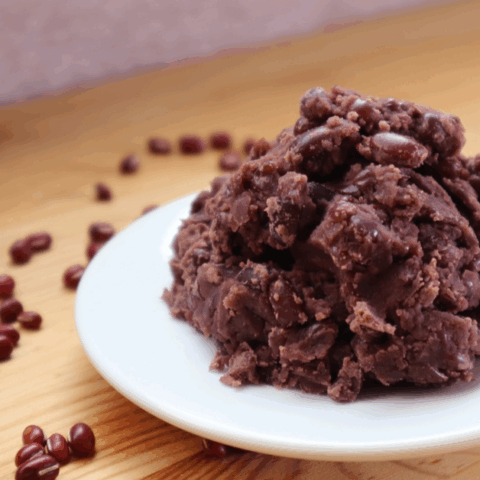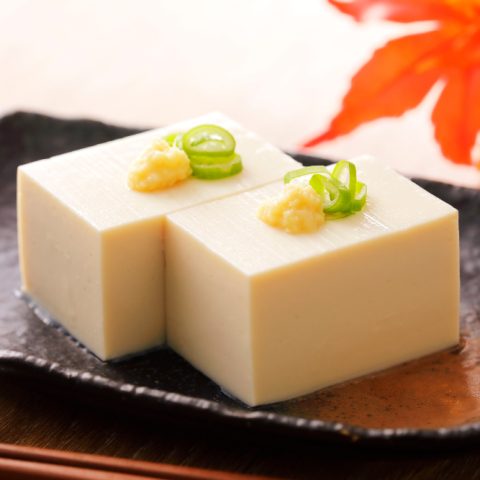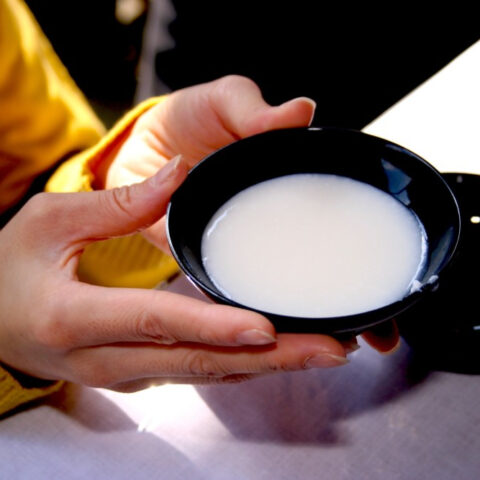
Today, let’s explore the Curry World of Japan. It’s a very popular dish with a long and splendid history that spans both continents and cultures. All over the globe, curries are one of those main dishes that most countries have, with each having its own distinct taste and flavour showcasing its culture of origin. The Japanese word for curry is カレー (karē). This flavourful dish has become a staple in the island nation’s cuisine, with its rich and savoury sauce typically served over rice or noodles. These dishes are mostly popular among school children because of their luscious taste, nutrition, easy-to-prepare method and cultural significance. Variations of the dish have been served at school lunches since the 1980s, so they have become a nostalgic and beloved dish for many people.
It’s time for CURRY DAY!
Japan celebrates Curry Day on January 22nd each year. This day commemorates the introduction of curry rice into school lunches in 1982, where it quickly became a popular dish among schoolchildren. In addition to Curry Day on January 22nd, there are also two other unofficial curry holidays:
National Retort Curry Day is celebrated on March 2nd to celebrate the invention of retort curry pouches, which are pre-packaged curries that can easily be reheated and eaten.
Regional Retort Curry Day is celebrated on February 12th to promote regional varieties of retort curries with their own distinct flavors and ingredients.
These unofficial holidays are a way to celebrate the popularity of the dish and encourage people to try all types of curry dishes at home or in specialty restaurants. Let’s dive in and learn about some of the most mouthwatering ones!

Katsu Curry | Credit: Joey and Dora
Katsu Curry
The most popular curry dish in Japan, katsu kare, consists of a deep-fried, breaded cutlet (katsu) served over rice with a thick, fragrant sauce. The cutlet is typically made with pork or chicken, and the sauce contains a variety of spices, including turmeric, cumin, and ginger.
Katsu kare was first introduced in the early 20th century by British soldiers stationed in India. The dish quickly became popular among the people and is now a staple of Japanese cuisine.

Kare Raisu | Credit : Unlawyer
Kare Raisu (Curry Rice)
Kare raisu is a dish that consists of a thick, appetizing sauce served over steamed rice. It is typically made with beef, pork, or chicken, along with vegetables such as potatoes, carrots, and onions. The curry sauce is often thickened with a roux, which is a mixture of flour and butter that is cooked until it is golden brown. Kare raisu is a relatively recent revelation, having first been introduced during the Meiji Restoration (1868-1912) when the country was opening up to Western influences.
The first kare raisu recipe was published in a cookbook in 1903. It is a versatile dish that can be customized to suit individual tastes. For example, some people prefer their kare raisu to be spicy, while others prefer it to be mild. So, it is often served with a spicy side of fukujinzuke, a pickle made with radish, eggplant, and cucumber.
Kare raisu is so popular that it is served in school lunches as a regular menu item. In fact, it is estimated that over 80 million servings of kare raisu are consumed each year!

Curry Udon | Credit: Sheeperman
Curry Udon
Curry Udon, which is popular especially in Osaka with many restaurants offering their unique versions, features thick, chewy udon noodles served in a heavy, fragrant curry broth. The dish is typically garnished with green onions, and it can also be topped with other ingredients, such as shredded katsu (deep-fried pork cutlet), tempura vegetables, or soft-boiled eggs.
Curry udon was invented recently, in the early 20th century. However, it has quickly become immensely popular, and it is now enjoyed all over the nation. It is said to have been invented by a cook who was trying to come up with a dish that would be both hearty and flavorful. He experimented with a variety of ingredients, eventually settling on a combination of udon noodles, curry roux, and dashi broth. The dish was an instant hit, and it has been a favorite with locals ever since.

Curry Pan | Credit: Robyn Lee
Curry Pan
Curry pan is a testament to Japan’s culinary creativity, a harmonious fusion of Japanese and Western influences. The filling, inspired by British curry traditions, is adapted to Japanese tastes, with its emphasis on umami and a milder spice profile.
It is a deep-fried pastry, typically made with soft and fluffy bread, which provides a perfect contrast to its delectable filling. It’s a popular snack food and a constant in bakeries and convenience stores. The crispy, fluffy bread encasing the succulent, pungent curry filling creates an explosion of tastes and textures that have captivated taste buds worldwide.
Curry pan’s popularity is evident in its appearance in anime and manga. The iconic bread has graced the pages and screens of numerous popular series, further cementing its place in Japanese culture. If you’re seeking a taste of culinary creativity, indulge yourself and give it a try. The filling and delightful contrast of textures will surely leave you wanting more.

Hamburg Curry | Credit: bearnakedfood.com
Hamburg Curry
This curry features a juicy hamburger patty nestled atop a bed of rice, generously drizzled with a creamy sauce. This culinary fusion seamlessly blends the heartiness of Western-style hamburger steak (or mini-meatloaf) with aromatic spices creating a symphony of tastes and textures that have captivated palates worldwide.
The origins of Hamburg Curry can be traced back to the late 19th century when chefs began to embrace Western culinary influences. As chefs experimented with new ingredients and techniques, they sought to adapt these foreign dishes to suit local tastes. Hamburger steak became a popular choice, and its transformation marked a significant milestone in Japanese culinary history.
Hamburg Curry is often served with fukujinzuke. These pickles add a tangy and refreshing contrast to the rich curry sauce and enhance the overall dining experience.
Whether enjoyed in a cozy local restaurant or prepared at home, Hamburg Curry remains a beloved comfort food that continues to delight both locals and international visitors alike. Its rich history, enticing flavors, and comforting warmth have cemented its place as a culinary icon, reminding us of the boundless possibilities that arise when cultures collide and culinary traditions intertwine.

Ebi Fry Curry | Credit: Khinskitchen
Ebi Furai Curry
Ebi furai (fried shrimp) curry is a great source of protein featuring succulent shrimp instead of the more traditional pork or chicken. This dish is a symphony of textures and tastes, with the tender shrimp providing a delightful contrast to the velvety sauce. It is a relatively recent invention, having been introduced in the early 20th century, and believed to have been inspired by Indian curry, which was brought by British sailors.
Typically made with a roux-based sauce that is simmered with a variety of vegetables, such as onions, carrots, and potatoes. The shrimp are added towards the end of the cooking process, ensuring that they remain tender and juicy. Fried shrimp curry is typically served over a bed of fluffy white rice. It can also be served with noodles or as a filling for rice bowls making it a hearty and satisfying dish that is perfect for a cold winter day.

Yasai Kare | Credit: Robyn Lee
Yasai Kare (Vegetable Curry)
Yasai kare is made with a variety of vegetables, such as potatoes, carrots, and onions, and covered in sauce. It is healthy and perfect for a quick and easy vegetarian meal. It is also a versatile dish that can be customized to suit individual tastes. So next time you are looking for a nutritious and delicious vegetarian meal, be sure to try yasai kare!

Source: oyakata.com.pl
Chicken Curry
Japanese chicken curry is a simple yet beloved dish. It consists of tender chicken pieces simmered in a luscious sauce, typically served over a bed of steamed rice. Its complex sauce is also made with roux, to which various spices, such as curry powder, turmeric, and garam masala, are added. Chicken curry has been a staple in school lunches and home cooking for generations, making it a nostalgic dish for many people.

Sosu Katsu Curry | Credit: jpellgen (@1105_jp)
Sosu Katsu Curry
Sosu katsu curry, a delectable dish that has captivated the taste buds of the nation, is a culinary marriage of two iconic elements: the crispy, golden-fried pork cutlet known as “tonkatsu” and the curry sauce is known as “karē.” This dish is a testament to the chefs’ culinary creativity, seamlessly blending flavors and textures to create an unforgettable dining experience.
Sosu katsu emerged in the late 1950s, quickly gaining popularity due to its unique flavor profile and hearty portions, and becoming essential in household cookbooks and many restaurants. The preparation of sosu katsu curry begins with meticulously pounding and coating a pork cutlet, ensuring a crispy exterior and juicy interior. This perfectly prepared tonkatsu is then carefully deep-fried to golden perfection.
As the star of the dish, the karē sauce is crafted with a blend of aromatic spices, creating a symphony of flavors that complement the tonkatsu. The secret to a truly exceptional sosu katsu curry lies in the delicate balance of sweetness, umami, and a subtle hint of spiciness.
When the crispy tonkatsu and the appetizing karē sauce come together, a culinary masterpiece is born. The tonkatsu, with its crispy exterior and juicy interior, provides a delightful contrast to the smooth, velvety karē sauce. Each bite is an explosion of flavors, a harmonious blend of textures that tantalizes the taste buds.
This is not just a dish; it’s an experience that embodies the essence of comfort food. It’s a dish that evokes feelings of nostalgia and warmth, a reminder of home-cooked meals and family gatherings. So, if you’re seeking a culinary adventure that will transport you to the heart of Japanese cuisine, look no further than sosu katsu curry. This delectable dish is sure to captivate your senses and leave you craving for more.
Celebrating this Comfort Food on Curry Day
Japanese curry transcends cultural boundaries thanks to its comforting familiarity combined with its endless possibilities for variation, making it a truly unique and beloved culinary treasure. Whether you’re grabbing a curry pan or enjoying the succulence of sosu katsu curry at a local restaurant, there is certainly a dish for everyone and every occasion. In the end, I hope that you find some new favorite and tasty dishes through this blog, and am eagerly waiting for you to try them on your next trip here!
Featured image by WoonHeng
Visiting Tokyo soon and want to learn even more about what makes Japanese food special and oh-so delicious? Book a spot on our Flavors of Japan tour to learn everything you’ve ever wanted to know about the fundamentals of Japanese Cuisine!




